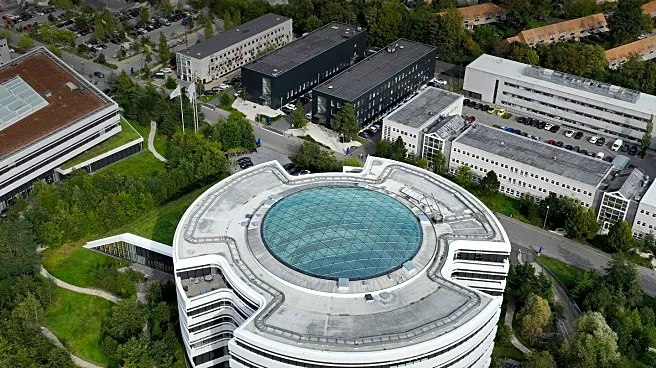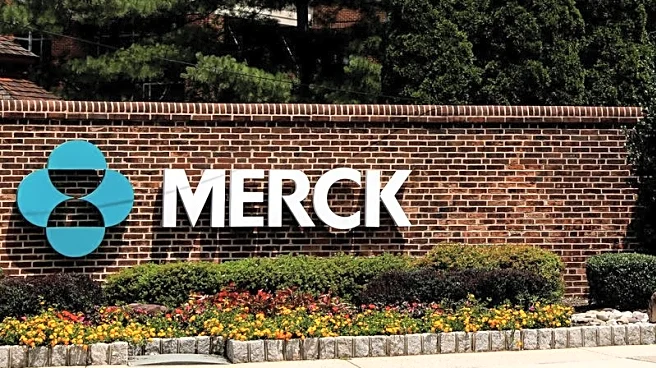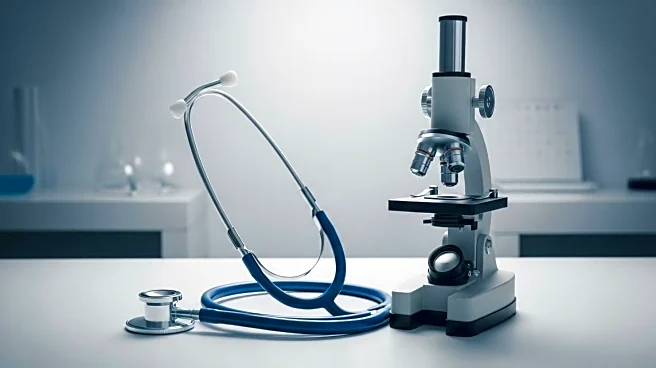What's Happening?
The pharmaceutical industry is experiencing a surge in mergers and acquisitions (M&A) activity, with major companies like Johnson & Johnson, Roche, and Merck leading the charge. According to a recent analysis by Stifel, these companies have a combined 'stretch firepower' of $1.2 trillion, which they can potentially use for acquisitions. This financial capability is calculated based on EBITDA and net debt ratios, providing a hypothetical cash reserve for strategic purchases. Notably, Johnson & Johnson and Roche each have $119 billion in stretch firepower, while Merck has been actively acquiring companies like Verona Pharma and EyeBio for significant sums. The analysis highlights the potential for large-scale deals in the industry, although companies like J&J have expressed a preference for internal growth and smaller acquisitions.
Why It's Important?
The significant M&A activity in the pharmaceutical sector underscores the industry's strategic focus on expanding their drug pipelines and addressing upcoming patent cliffs. For instance, Merck's acquisition of Verona Pharma and EyeBio is part of its strategy to offset the impending loss of exclusivity for its blockbuster drug, Keytruda. These acquisitions not only enhance the companies' portfolios but also have the potential to bring new treatments to market, benefiting patients and healthcare providers. The financial power of these companies to engage in large-scale acquisitions could lead to increased competition and innovation in the pharmaceutical industry, potentially driving down costs and improving access to medications.
What's Next?
As pharmaceutical companies continue to explore M&A opportunities, stakeholders can expect further announcements of strategic acquisitions aimed at bolstering drug pipelines and addressing unmet medical needs. Companies like Novo Nordisk, which are currently reviewing their business strategies, may also enter the M&A arena, potentially leading to significant shifts in market dynamics. The focus will likely remain on acquiring assets that offer first-in-class or best-in-class potential, as well as those that can fill existing gaps in treatment options.











